Video of the Week:
Pothos and Philodendron: Easy Care Plants
Upcoming Events:

Get ideas, inspiration and innovative techniques to implement immediately from sessions including:
* Claiming and Building the Online Hub of Your Business: Basic DIY Website Platforms
* Learn to Love Your Photos: Clever Phone Photo Tips to Help you Stand Out
* Integrating Facebook Ads into Your Marketing Plan
* Simple Graphic Tools to Make Your Content Shine
*Facebook Deeper Dive: Analyzing Performance of Your Page AND featuring for Retail Minded, Nicole Leinbach Reyhle
More information about session descriptions, travel information, registration and more can be found on our website menu under New-Media Marketing Bootcamp. Question? Contact us at newmedia@ksu.edu
Vegetables:
Preventing Potatoes from Sprouting in Storage
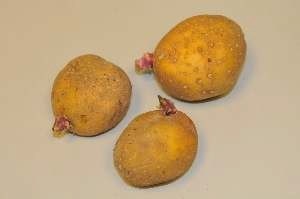
These researchers were looking for an organic method to control potato sprouts. They found essential oils from some herbs and spices to be effective sprout inhibitors. Specifically they found that spearmint oil, peppermint oil and clove oil suppressed sprouting by physically damaging rapidly dividing cells in the sprout. Each of these products is so safe that the FDA has approved them for addition to food.
Several application methods were considered though most were only suitable for commercial storage facilities. The only practical method for homeowners was one the researchers labeled a “low-tech” wick method. This was accomplished by placing a small piece of blotter paper saturated with spearmint or peppermint oil in a box with the potatoes. This method was not recommended for the clove oil. Though it was found that peppermint and spearmint oils were equally effective in suppressing sprouts, the peppermint oil was less likely to affect flavor of the potatoes. Reapplication at two- to three-week intervals will be needed for continued sprout suppression. Little to no residue was found on the potatoes from these products due to their high volatility. The first application should be done before sprouting occurs.
Blotting paper is much more difficult to find than it was in the past and so you may want to substitute blank newsprint. However, if blotting paper is desired, try herbarium supply houses. Blotting paper is used to press plant specimens. (Ward Upham)
Use a Planting Calendar
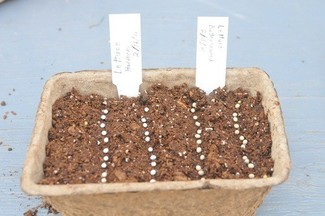
Information on how many weeks it takes to grow transplants is available in our January 3 newsletter at:
http://hnr.k-state.edu/extension/info-center/newsletters/2017/January2_2017_1.pdf . Below are examples of some common vegetables grown for transplants and a recommended date for seeding. Dates are Saturdays as this is when many homeowners have the most free time. The dates are not set in stone, and a week earlier or later will not ruin the plants. Also, you may want to seed a week or two earlier if you are in southern Kansas and possibly a week later if you are in northern Kansas. Calendars can be reused year after year by a slight reset of the dates. Also keep notes on how well the transplants did so you can tweak the planting schedule. Your conditions may result in plants that need a bit more or a bit less time.
Crop Seeding Date Transplant Date
Cabbage, Broccoli
& Cauliflower February 4 April 1
Lettuce (if you grow
transplants) February 4 April 1
Peppers March 18 May 13
Tomatoes March 25 May 6
(Ward Upham)
Tomato Trials
Both 2015 and 2016 were challenging years for northwest Missouri with 2016 being the most diffucult. It will be interesting to compare what Tom found with the results from our Master Gardeners. (Ward Upham)
Fruit:
Cloning Apple Trees
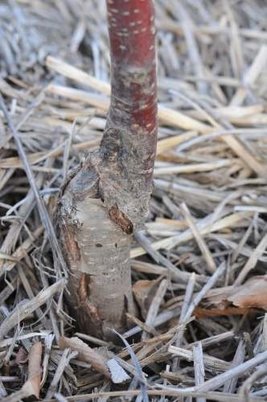
If you want a tree exactly like the parent, you must propagate that tree vegetatively. In the case of apples, this usually means grafting. Apple trees are actually quite easy to graft, even for novices. Don't be afraid to try even if you haven't grafted before. The step that needs to be done at this time of year is the choosing and cutting of scion wood or small branches that will be grafted on top of a rootstock.
See the accompanying article in this newsletter on how this is done. However, if you don’t have an existing tree to graft onto, you will need to plant a rootstock this year for grafting onto next. Fruit trees are normally grafted (or budded) onto specially selected rootstocks. These rootstocks usually reduce tree size. For example, a tree that normally would reach 25 feet tall will only reach 10 feet if it is grown on a certain rootstock. Dwarfing rootstocks also allow apples to bear fruit a year or more earlier.
A tree on its own roots normally takes 5 to 7 years before it will bear. Semi-dwarf trees bear in 4 to 5 years, and dwarf trees bear in 3 to 4 years. Unfortunately, not all dwarfing rootstocks are well adapted to Kansas. Semi-dwarf trees usually are a better choice for us. Note that rootstock reduces tree size, not fruit size. Therefore, a Golden Delicious tree that only reaches 8 feet tall due to a dwarfing rootstock, will bear the same size fruit as a Golden Delicious tree that is 25 feet tall.
Most nurseries only sell trees that are already grafted. A company that does sell rootstocks is Raintree Nursery, Morton, WA, (360) 496-6400, http://www.raintreenursery.com/Rootstocks/ Another is Cummins Nursery, (865) 233-3539, http://www.cumminsnursery.com/rootstocks.htm though there is a minimum shipping and handling fee of $20.
It is also possible to buy a tree from a local nursery and graft your clone into it. This will give you one tree that produces two different apples. One disadvantage of this method is that it is possible to prune off the special clone by mistake in later years.
This information does not include the details of grafting or budding or subsequent care. The Missouri Extension Service has an excellent publication on grafting at http://extension.missouri.edu/explorepdf/agguides/hort/g06971.pdf as well as a second publication on budding at http://extension.missouri.edu/explorepdf/agguides/hort/g06972.pdf. Be sure to practice your cuts on wood you prune off in March. After you do about 100 cuts, you will start to get the hang of it. (Ward Upham)
Multiple Grafts on Apple Trees
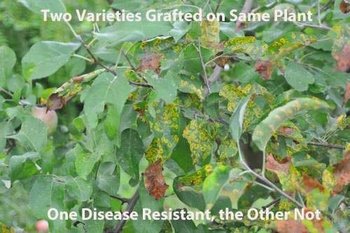
However, there are some possible drawbacks. Whoever prunes the trees may not recognize the individual grafts and may unknowingly prune off one of the varieties. Also, varieties may vary in vigor, and stronger varieties can crowd weaker ones. There also may be a difference in susceptibility to disease among varieties and among different kinds of fruit. Some may have resistance to a disease and not require protection, but others are susceptible and do require protection. If the susceptible fruits are protected, the more resistant ones will be sprayed unnecessarily. (Ward Upham)
Miscellaneous:
Growing Your Own Firewood
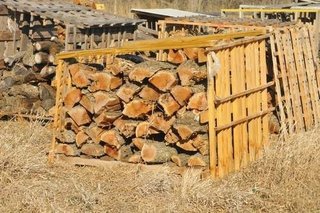
The highest value for trees commonly found in Kansas is osage orange (hedgeball tree) at 4,800 pounds per cord. Osage orange has a gnarly growth habit and a nasty set of thorns. This species also sparks which isn’t a problem in a
wood-fired boiler but certainly would be in an open fireplace.
Black locust is next with 4,200 pounds per cord. Black locust is a fast grower and also has excellent burning qualities and makes a nice bed of coals. However, it is hard to split, suckers, and has some relatively small thorns, especially on young trees.
Buroak and red oak come in at 3,800 and 3,500 pounds per cord respectively but are not fast growers. Mulberry, however, has the same weight as red oak but grows more quickly. Silver maple has less heat value (3,000 pounds per cord) but is a very fast growing tree.
Black locust would be my first choice for this purpose though you may wish to plant rows of several species. However, each situation is different and another species may work better for you. So how do you set out your plantation? Dr. Wayne Geyer, our late forestry professor, did many woody biomass studies over a period of 35 years. Following are some recommendations that have come out of his studies.
- Plant locust a few rows in from a field edge to reduce suckering in the field.
- Plant on a close spacing, 4 to 6 feet apart. This maximizes yield and reduces side branching.
- Control weeds the first two years.
- Harvest every 5 years, most trees will resprout and can be reharvested.
- Plant about 1 acre per year for 5 years if you wish to supply the majority of the firewood needed to heat your home.
Trees mentioned above and available from the Kansas Forest Service include osage orange, bur oak, red oak and silver maple. (Ward Upham)

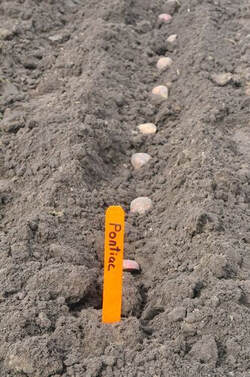
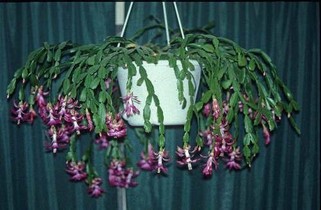
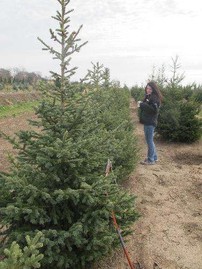
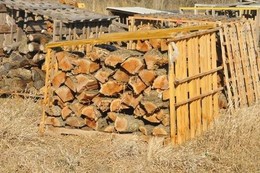

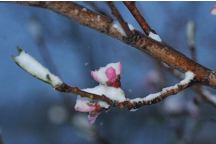
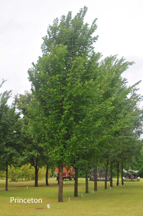
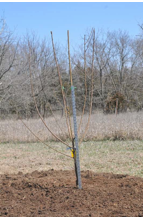
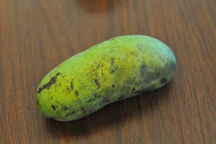
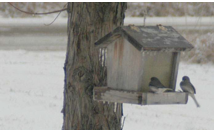
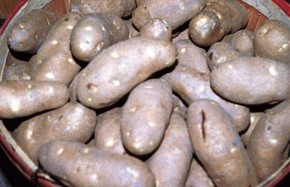
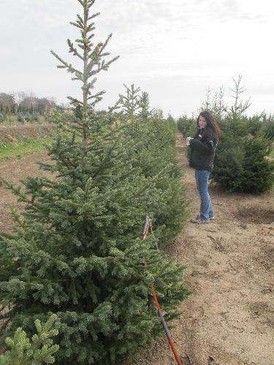

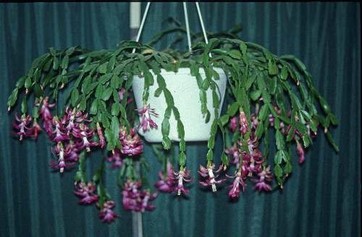
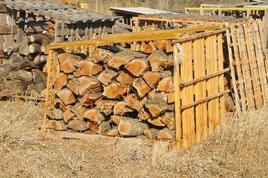
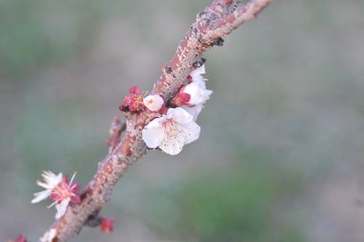
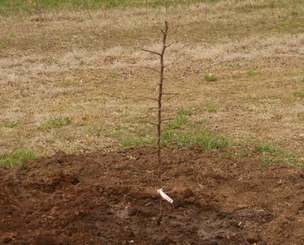
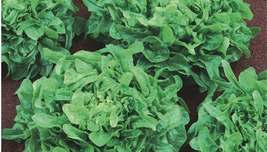
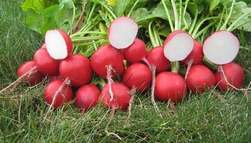
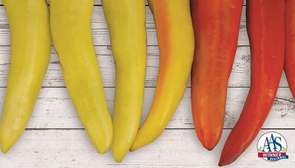
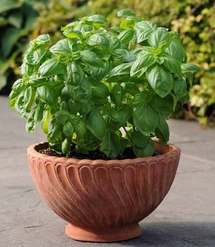
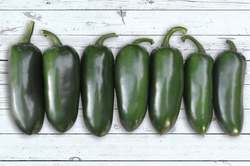
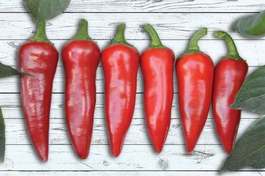
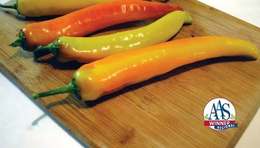
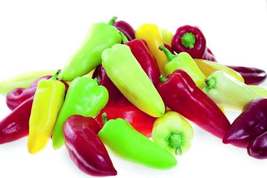
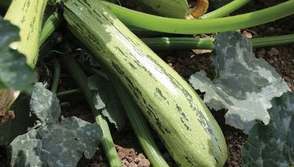
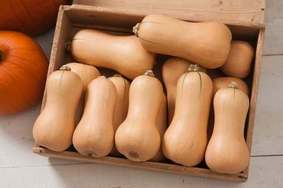
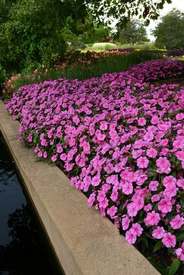


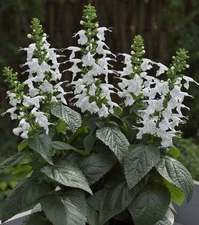
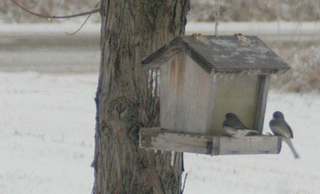
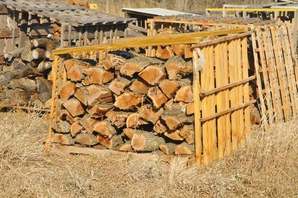
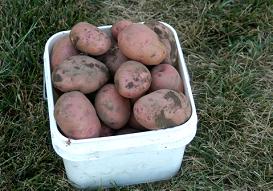
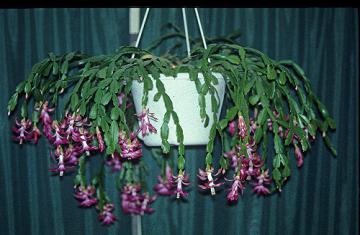
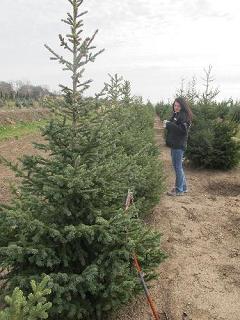
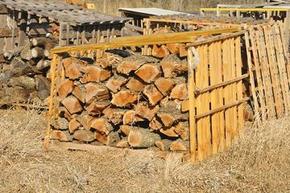
 RSS Feed
RSS Feed
